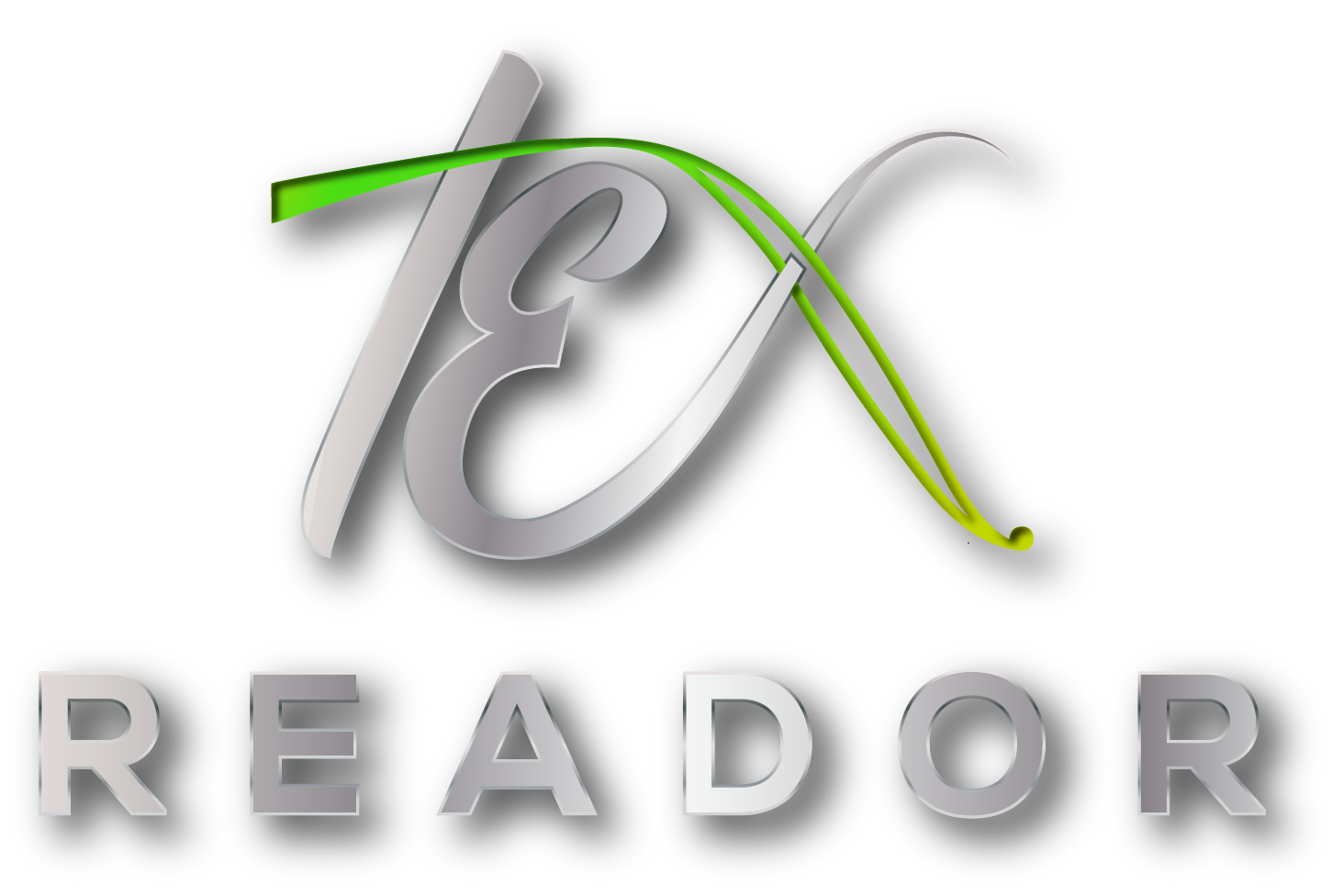With the rise of the Internet of Things (IoT), advances in smart textiles are not limited to healthcare and fitness. In the next decade, in the era of the Internet of Things, smart textiles are likely to change human life together with artificial intelligence, human-machine interface and cloud technology. It is expected that smart textile prototypes will rapidly develop into commercial products and expand their market size.
Although it is not yet possible to accurately predict the size of the body area network market, the development scale of the related smart fabrics and wearable markets is clearly visible. Market research company ReportLinker predicts that the global smart textile market is expected to grow from US$2.52 billion in 2021 to US$9.3 billion in 2026, with a compound annual growth rate of 28.7%. Another market research report released by GRAND VIEW RESEARCH shows that the global wearable technology market will be worth US$61.3 billion in 2022, and is expected to expand at a compound annual growth rate of 14.6% from 2023 to 2030. The combination of smart textiles and wearable devices, combined with the application of smartphones, will undoubtedly promote technological breakthroughs and form a positive development trend.

Although the development and commercialization of smart textiles are gaining momentum, current market acceptance is generally low. Solutions to a series of problems need to be found in the future to improve the market penetration of smart textiles.
(1) Meet market standard protocols for daily use. Lack of standardization leads to flaws in the manufacturing of smart textiles. Fundamentally, before promoting smart textile products to end users, every innovative product must have a grade. To achieve commercial viability, this white space must be overcome to ensure its effectiveness and suitability for user applications.
(2) Seamless integration promotes more diversified functions of a single product. The miniaturization and nanotechnology of electronic products allow material layers and electronic devices to be simply integrated into textiles through printing or textile technology, making multi-functions easier to achieve, allowing functions such as physiological monitoring, waterproofing, moisture permeability, and temperature control to be concentrated in one piece of clothing to increase the diversification of functions of a single product.

(3) Continuous power supply. Providing an organized and stable power source for smart e-textiles is a must for manufacturers and their market growth. It is necessary to find a way to solve the circuit and power supply that meets the needs of being lightweight, flexible, reliable, relatively cheap to manufacture, highly compatible with clothing, and even self-propelled. In addition, current electronic information smart textiles are power-independent, which limits their applicability in aspects such as sports and self-health management. And here, flexibility or conformity to the human body is critical to obtaining accurate data. Therefore, there is an urgent need to develop electronic information textile systems with continuous power supply that work as a complete wearable system to achieve the goal of self-management.
(4) Washability and durability. Current research on smart textiles mainly focuses on functionality, while the washability, foldability, and wearing comfort of clothing need to be improved. Laundering testing is commonly used as a reliability protocol for all types of clothing and is therefore also suitable for smart textiles. Having torsional, twisting or bending stability, thereby ensuring long life and sustainable performance, is a key challenge for smart textiles and is closely related to mass market launch.

(5) The manufacturing cost is high and the price is not affordable. Only when smart textiles are affordable to consumers and widely accepted and used by consumers can they have broader development space. Manufacturing costs are an important factor limiting the applicability of smart e-textiles. Increased R&D budgets have promoted the development and production of clothing combined with state-of-the-art electronic components, but this will further increase costs and prevent some suppliers from obtaining such products. product.
(6) Product safety and sustainability. In particular, electronic information smart textiles must not only reduce potential harm to the human body such as electromagnetic radiation, but also pay attention to energy conservation and environmental protection during the production process. Green development and biodegradability are two of the most important factors in fiber/fabric production, and likewise for e-textiles, their eco-friendly and recyclable development are significant challenges in reducing ecological impact.
The development of new technologies will be innovations and solutions to current problems with smart textiles. It is believed that with the development of technology, the smart textile industry will become one of the largest terminal application markets in the future.




